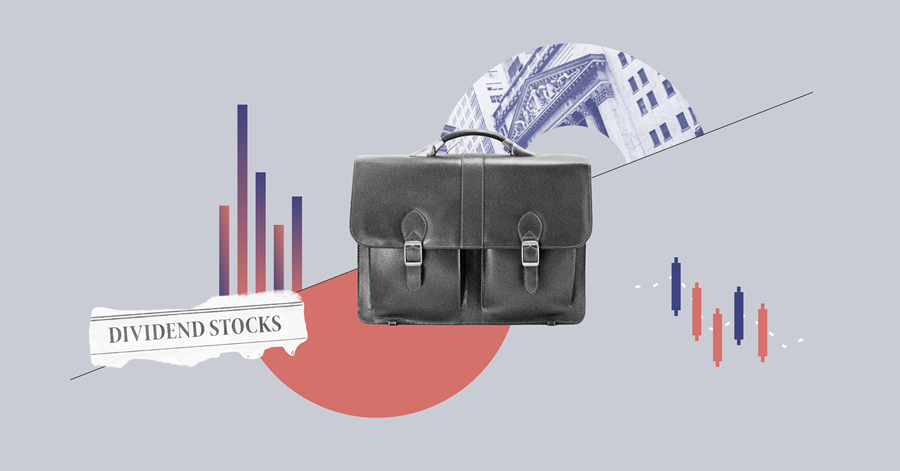
It’s income week here at Morningstar, so we can now present our select list of highly-rated income funds and investment trusts.
A Note on Methodology
We’ve started the screen by looking at funds with a Morningstar Analyst Rating of Bronze and above. That gives us five Gold-rated, 11 Silver-rated and 40 Bronze-rated funds.
Duplicate share classes have been removed too: so higher-rated iterations of funds stay but others are taken out, leaving 42 funds. That generally means Silver-rated funds are kept instead of more expensive Bronze-rated versions.
One investment trust makes the grade by virtue of being part of the UK Equity Income category: City of London (CTY), which is Gold-rated and has been managed by Job Curtis since January 1991 (and David Smith since 2002). The trust is also one of the Association of Investment Companies' "dividend heroes" for increasing its dividend in 56 consecutive years.
We also included equity funds that are part of an "income" category. And we’ve screened for bond funds because they are often used by yield hunters to achieve the same aims as an equity income fund.
Before 2022's equity and bond market turbulence, the choice for investors looking for income would have been between equity income (variable yield but chance of capital gains), and bond funds (offering a fixed income in some cases with lower volatility than equities).
A lot of funds pay income without that being one of their key objectives: frontier market funds, for example, can pay comparable yields to more defensive equity income funds. But we’ve excluded equity funds not specifically in an "equity income" category, such as allocation and property funds, which often have decent income.
One of these is Silver-rated L&G Global Real Estate Dividend Index Fund, which targets both income and growth and has a 12 month-yield of just over 3%.
So the list is not exhaustive. The other obvious omission is that exchange-traded funds (ETFs) are not included, even though many are income-focused and are rated highly by Morningstar. For reasons of space we’ve not included them: there are a whopping 819 ETFs domiciled in the UK and Ireland with a Morningstar Rating of Neutral. For those looking for more information on ETFs, Morningstar's ETF screener is a good place to start.
Another observation is that many of the funds on the list are "Acc", which means they are "accumulation" units. Any income paid out by the fund is therefore used to buy more units rather than ending up in the cash account of your ISA or trading platform (or directly into your bank account).
Fund investors who want the income paid out also have different options on how regularly this happens, including monthly, quarterly, six monthly and annually. Sometimes this is specified in the fund title: for example, Janus Henderson Fixed Interest Monthly Income Inc does what it says on the tin.
A Note on Performance
Income funds are all different, and receive their income from different asset classes, regions and types of company and entities.
In the mix you’ve got global bonds, corporate bonds (including junk or "high yield" bonds), government bonds (emerging and developed), UK and global shares. That means there are many different ways of achieving a similar result.
This variety is also reflected in the year-to-date performance of the funds too, with a range from +10.75% (JPMorgan US Equity Income) to a hefty loss of -36% for iShares Index Linked Gilt Index (UK) D Acc.
This is a short-term timeframe, and 2022 has been an unusual year for investors, with the US tech fallout, value pivot and bond market disruptions to consider among many factors. Longer-term figures are therefore unsurprisingly a better guide for performance analysis. Still, the data shows "total returns" are a key factor.
Investors may assume income funds are more defensive, but this year they haven’t all been resilient – this is amid the backdrop of a 20% fall in the S&P 500 this year and near 7% drop in the FTSE AllShare.
For some income investors this doesn’t matter desperately: they still receive their income and are willing to ride out (what they hope is) a period of market drawdown. If you’re investing for the long term this may well be the case. After all, a loss is only crystallised when you sell. Many ISA investors put money into funds on a monthly basis – rather than buying in January and selling at the end of the calendar year (which would have been a bad strategy this year). And market falls mean you buy more fund units every month.
A Note on Yield
We’ve approached this screen on the basis that many investors choose income funds by yield. But the range of yields on offer here is very wide, from 0.40% up to 5.28%.
So like all investments, caveat emptor applies. It’s best to look into what the fund does, how it generates its income, what its long-term track record is. Not all funds are the same, and some are better run than others. If in doubt, seek independent financial advice and check if the fund fits with your goals and other funds in your portfolio.








.jpg)



















